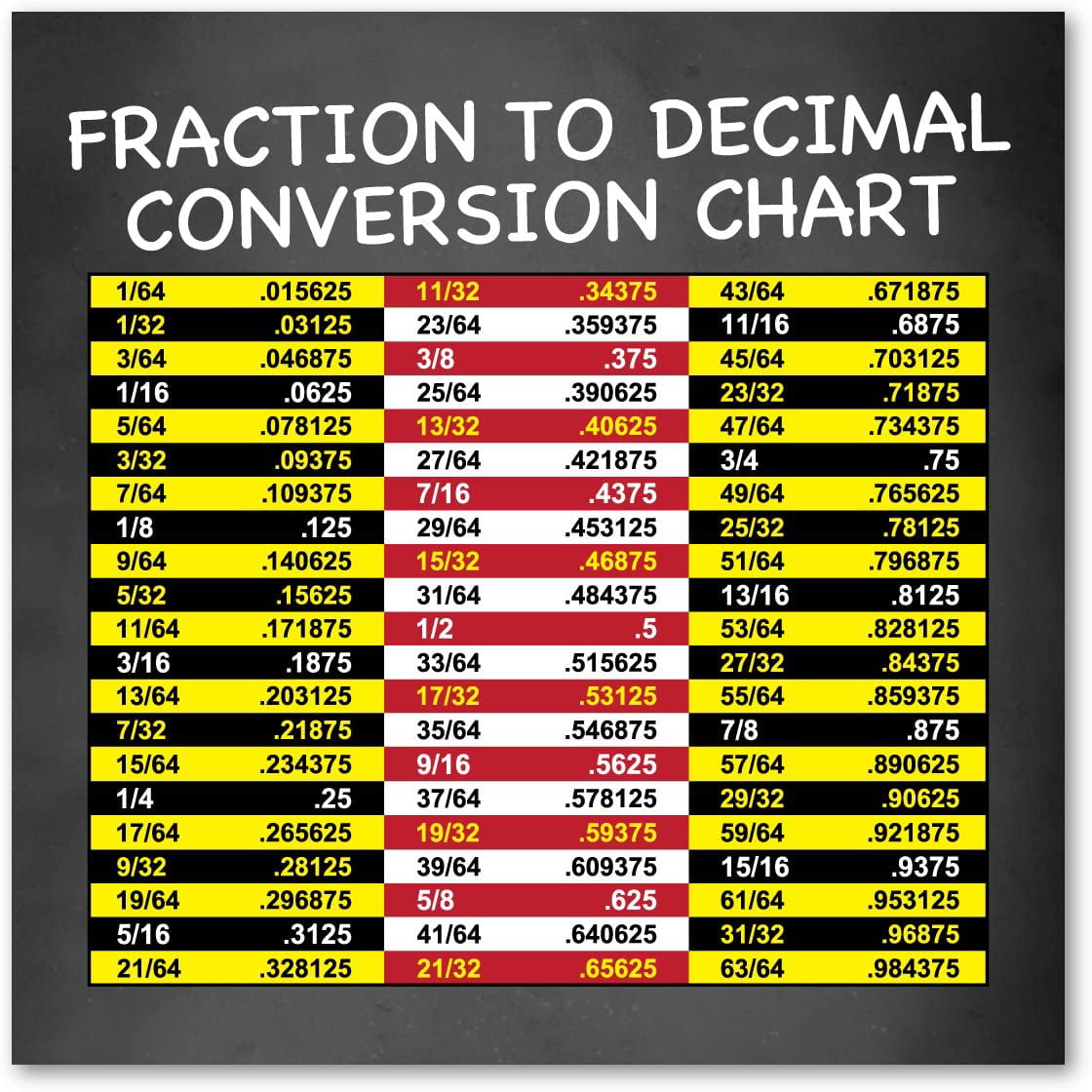
Let’s start by converting a simple terminating decimal number like 0.5 into a fraction.
Decimal into a fraction converter how to#
How to convert single Digit Decimals to Fractions But now let’s figure out how to do this problem backward so that we can take a decimal number, like 0.818181…, and convert it into a fraction with an equivalent value. In other words, in the examples we gave earlier, we said things like “the fraction 1/4 is equal to the terminating decimal 0.25” and “the fraction 7/9 is equal to the repeating decimal 0.7777…,” and so on. Now that we know the lingo and can tell the difference between a terminating and repeating decimal, let’s figure out how to convert them into fractions. And that’s why usually when we say “repeating decimal,” we mean a decimal number where something other than only zeros are doing the repeating! How to Convert Decimals to Fractions But in this case, none of this really matters since the value of the number is exactly the same no matter how it’s written. How? Well, since you can always attach an infinite number of zeros to the very end of a number without changing its value, you can put an infinitely long string of zeros on the end of an otherwise terminating decimal…and you’ll have turned it into a repeating decimal!įor example, you can think of the terminating decimal 0.25 as 0.25000… instead. If you think about it though, you’ll see that any terminating decimal number can actually be written as a repeating decimal too. (Remember, a decimal that just goes on and on with no repeating pattern is irrational.) Can a Terminating Decimal Be Written as a Repeating Decimal? So a repeating decimal is a rational number whose decimal representation has some repeating pattern, and a terminating decimal is a rational number whose decimal representation eventually stops. 9/11 = 0.818181… is another repeating decimal since the pattern of digits “81” repeat forever.7/9 = 0.7777… is a repeating decimal since 7 goes on forever.3/5 = 0.6 is another terminating decimal number.1/3 = 0.3333… is a repeating decimal since the number 3 goes on forever.


What are Terminating and Repeating Decimals?īefore we get into the details of how to actually convert terminating and repeating decimals into fractions, we’d better make sure we understand what it means for a rational number to be a “terminating” or “repeating” decimal in the first place.


 0 kommentar(er)
0 kommentar(er)
